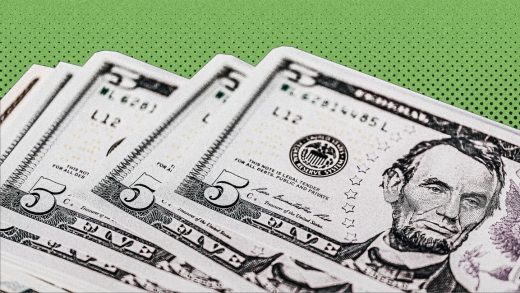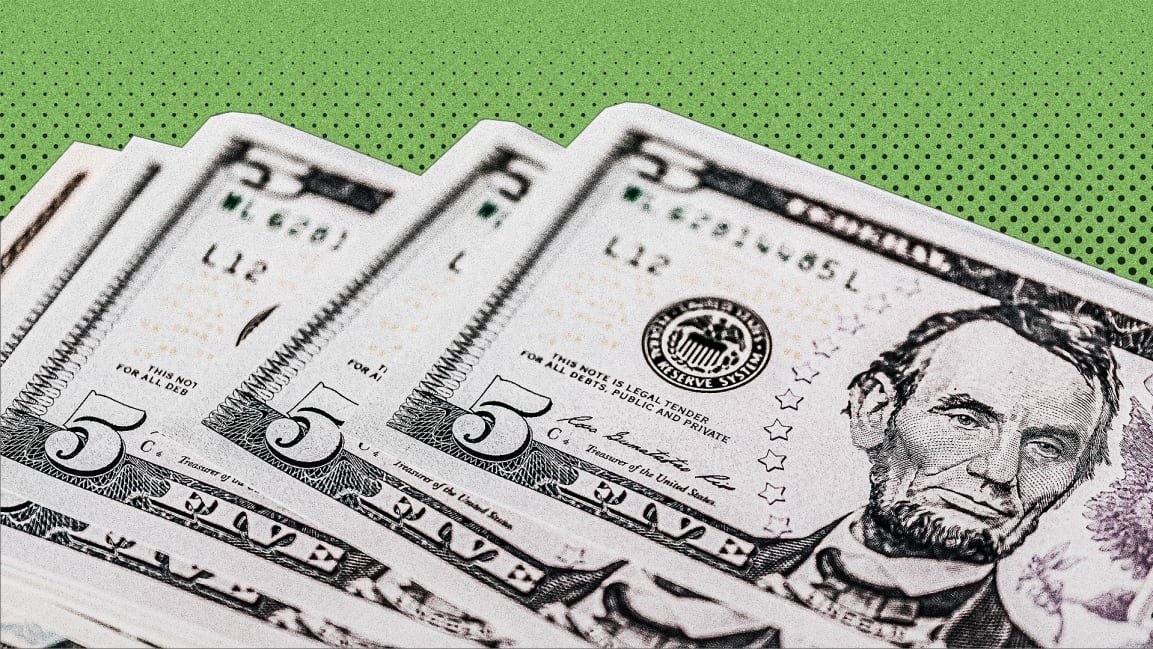A record number of U.S. states are hiking the minimum wage in 2022—but only 2 will pay $15 an hour
Some 81 different states, cities, and counties will hike their minimum wage in 2022—a single-year record if we’re counting just government-mandated pay increases, the National Employment Law Project says in a new report. Yet by the end of the year, only two of these states and 47 cities and counties will have hit the $15-per-hour threshold that labor activists have been pushing for since 2012. It’s a reminder that even where workers are seeing wages climb, the pace is often very, very slow. (One anti-poverty activist in California, Joe Sanberg, just filed an $18-per-hour minimum wage ballot initiative, arguing, “now we have to move the ball forward and farther.”) The federal minimum wage, $7.25, hasn’t changed since 2009.
Still, this wave of wage increases is significant:
California is the state to move to if you’re after America’s highest starting wage. The hourly rate is increasing from $14 to $15 statewide at companies that employ more than 25 workers. Select parts of New York will also see minimums set at $15—New York City itself, along with Nassau, Suffolk, and Westchester Counties. Meanwhile, if you want more than $15, your relocation will need to be more targeted:
Ten more states are raising their minimum wages to something short of $15, though they’ve passed legislation to eventually reach that threshold:
This leaves nearly 20 states where the federal $7.25 minimum wage will still apply for all of 2022, according to the Economic Policy Institute. The Department of Labor says that five states don’t have their own minimum wage at all—South Carolina, Tennessee, Alabama, Mississippi, and Louisiana. Two others, Georgia and Wyoming, have a $5.15-per-hour wage floor for workers exempt from the federal minimum wage (seasonal workers, farm workers, and home health aides), and their wages will definitely not increase in 2022. That’s to say nothing of the federal tipped wage, which has been stuck at $2.13 since 1991.
The state-by-state wage disparity puts the onus on private employers to set their own minimums, in many cases to appeal to workers in an increasingly competitive job market. Walmart, Chipotle, Costco, Wells Fargo, and Starbucks all announced corporate wage hikes this year to at least $15 per hour. A couple have even leapfrogged over the highest rates by law: In October, Costco increased its starting wage to $17 per hour for its 180,000 U.S. workers.
(20)



